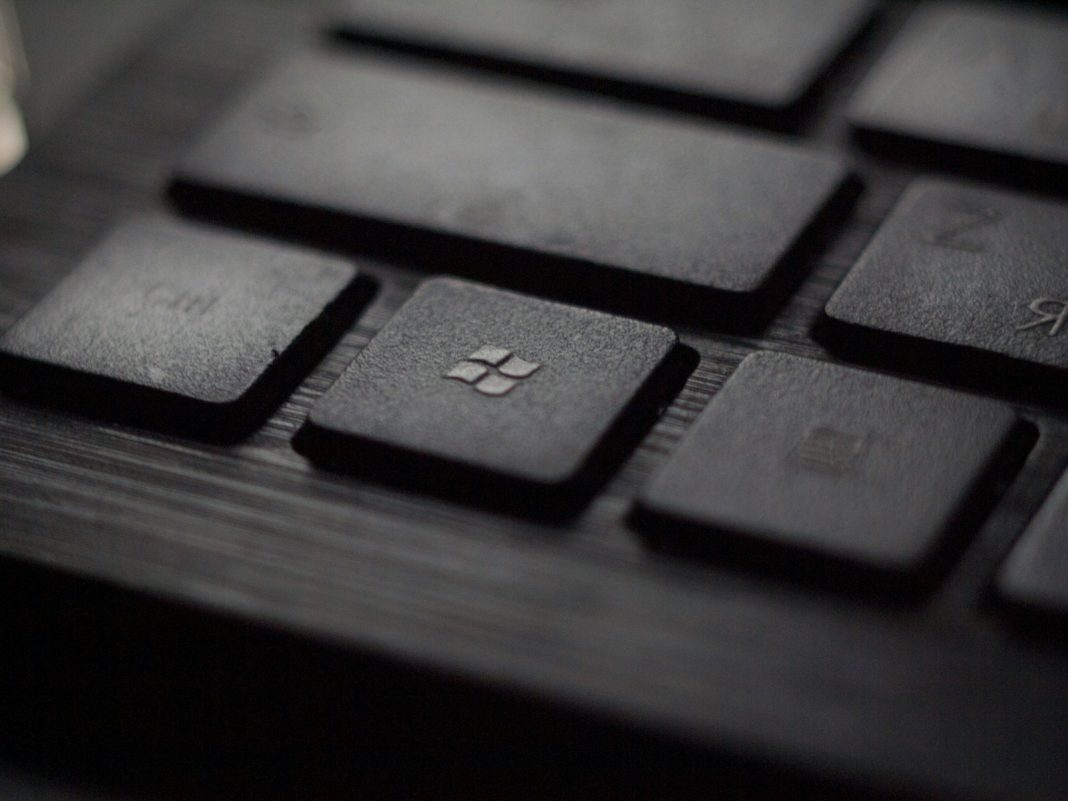In today’s interconnected digital landscape, the ability to share data across different operating systems is increasingly essential. For users who operate both Mac and Windows systems, managing an external hard drive between these two platforms can pose a challenge. Fortunately, while certain complexities exist, there are effective solutions available to streamline this process.
Understanding External Hard Drives and File Systems
An external hard drive is a portable storage device that connects to a computer via a USB cable. It serves as a convenient tool for backing up data or transferring files between devices. However, sharing the same external hard drive across MacOS and Windows can be complicated due to differences in file systems supported by each operating system.
File systems such as NTFS (New Technology File System) and exFAT (Extensible File Allocation Table) are key to this process. NTFS is the default file system for Windows, capable of handling large files and extensive volumes, but it is not natively supported by MacOS. Conversely, exFAT is designed for cross-platform compatibility between Windows and MacOS, supporting files larger than 4GB and thus offering a practical solution for users who need to transfer substantial data.
Partitioning Your External Hard Drive
Partitioning an external hard drive involves dividing its storage space into separate sections, each formatted for different purposes or operating systems. This method allows users to create a primary partition optimised for their main operating system and a secondary partition for cross-platform file sharing.
Partitioning on Windows 11
To partition an external hard drive using Windows 11, follow these steps:
- Access Disk Management: Right-click on the Start button and select “Disk Management” from the Power User menu.
- Initialise the Disk: If the disk is not initialised, a pop-up window will prompt you to choose between Master Boot Record (MBR) and GUID Partition Table (GPT). MBR supports up to 2TB and older versions of Windows, while GPT accommodates larger volumes and newer versions of Windows. Select the appropriate format and click OK.
- Create a New Volume: Right-click on the unallocated space and choose “New Simple Volume.” Follow the prompts in the New Simple Volume Wizard to create the primary partition. For example, if you have a 1TB drive, you might split it into two 500GB partitions.
- Assign a File System: For the primary partition, choose NTFS and provide a volume label, such as “Windows 11.” Click Next and then Finish.
- Create a Secondary Partition: Right-click on the remaining unallocated space and repeat the process, but this time select exFAT as the file system. This partition will be used to share files with MacOS.
Upon completion, your external hard drive will have two partitions: one for Windows and one for sharing.
Partitioning on MacOS Sonoma
To partition an external hard drive using MacOS Sonoma, follow these steps:
- Open Disk Utility: Click on “Finder,” then “Go” on the menu bar, followed by “Utilities.” Double-click the “Disk Utility” icon.
- Erase the Drive: Select the external drive under “External” and click “Erase.” Choose “MacOS Extended (Journaled)” as the format and “GUID Partition Map” as the scheme. Enter a name for the partition and click “Erase.”
- Add a New Partition: Once the drive is erased and formatted, select it again and click “Partition.” Click the “+” button to add a new partition. Enter a name (e.g., “Windows”) and choose “exFAT” as the format. Click “Apply” and then “Partition” to finalise the process.
The drive will now have a MacOS Extended partition and an exFAT partition.
Alternative Solutions
For users seeking a more integrated solution, third-party software can provide enhanced functionality. Applications like Paragon’s NTFS for Mac or the open-source Tuxera NTFS offer support for NTFS-formatted drives on MacOS, enabling full read-and-write capabilities.
Partitioning an external hard drive is an effective method for users who need to share data between Windows and MacOS systems. By creating a primary partition optimised for the operating system used most frequently and a secondary exFAT partition for compatibility across platforms, users can efficiently manage their files.
It is crucial to remember that formatting and partitioning a drive will erase all existing data. Therefore, it is advisable to back up any important files before proceeding.
As technology continues to advance, future developments may further simplify cross-platform compatibility. Until then, partitioning remains a reliable approach for managing data between different operating systems.
In summary, while sharing an external hard drive between MacOS and Windows requires some initial setup, it facilitates a seamless exchange of files across systems. Whether through partitioning or the use of third-party software, users can optimise their external storage solutions to meet their diverse computing needs.


